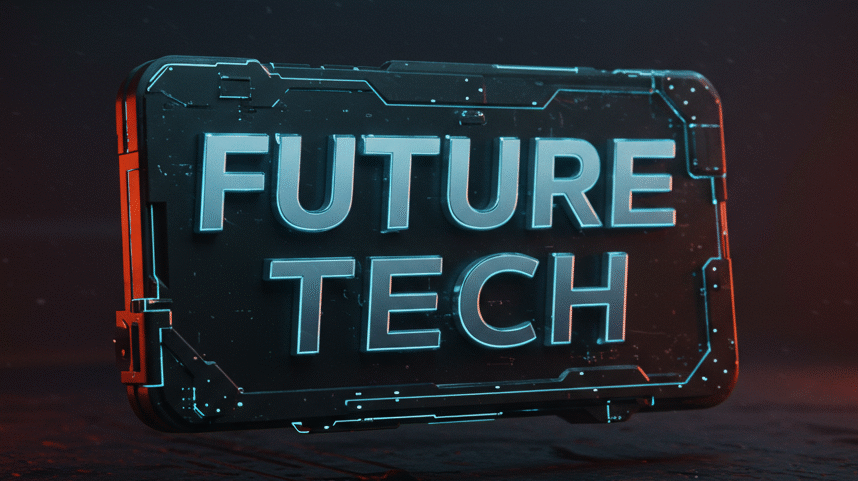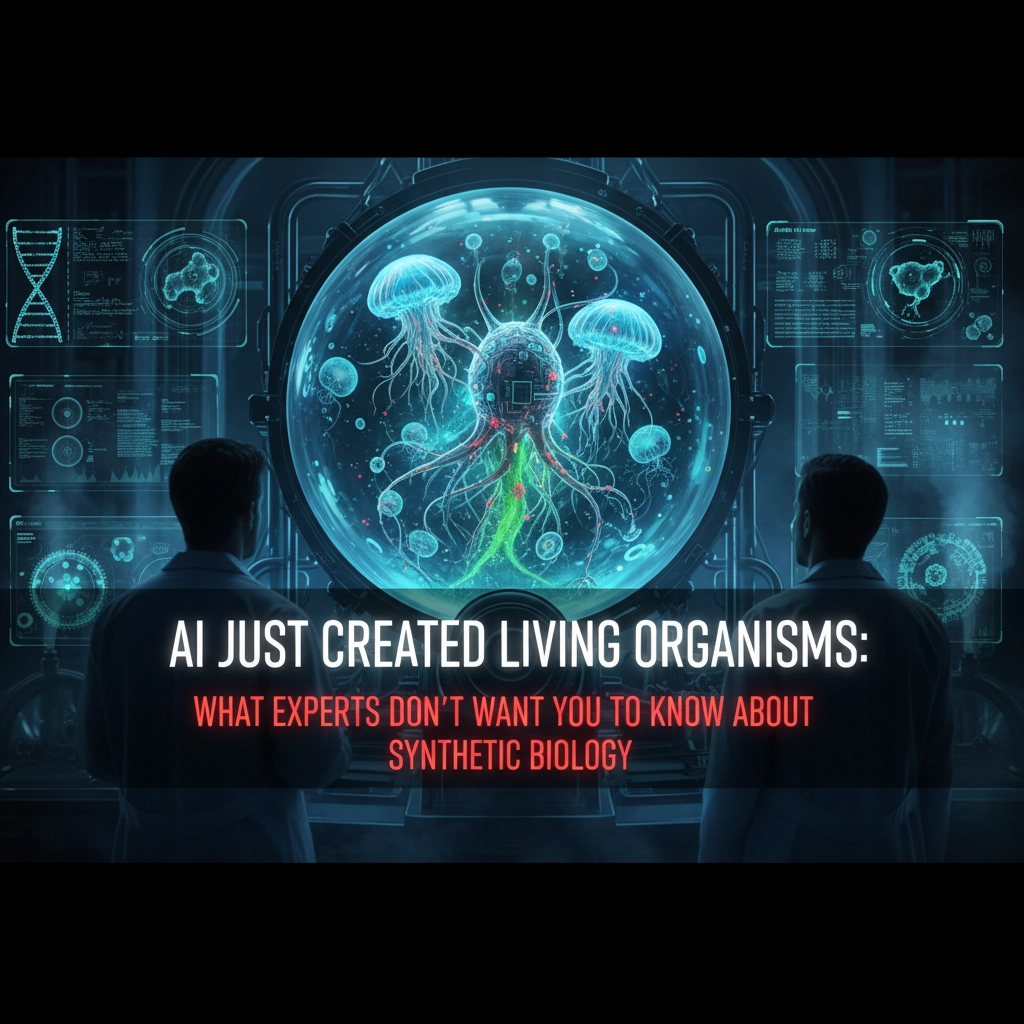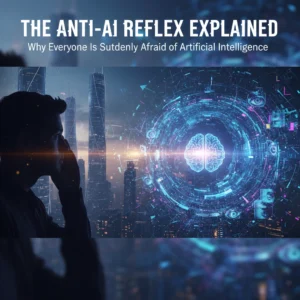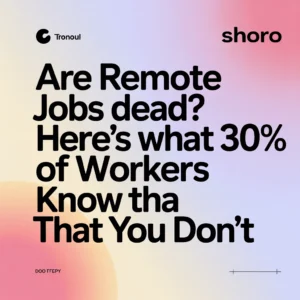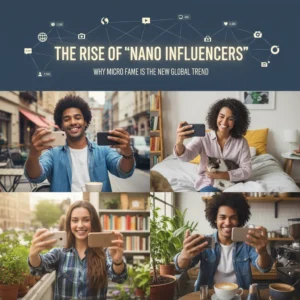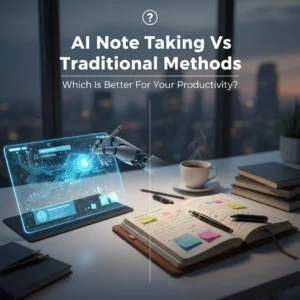What if I told you that right now, in labs around the world, artificial intelligence isn't just analyzing life: it's creating it from scratch?
While most of us were worried about ChatGPT writing our emails, scientists quietly crossed a line that's got the entire biology community buzzing. AI has officially started designing living organisms. Not just predicting what might work, but actually engineering functional life forms that can reproduce, evolve, and adapt on their own.
This isn't science fiction anymore. It's happening right now.
What Actually Happened in These Labs
In early 2025, researchers achieved something that sounds straight out of a Netflix series. They created the world's first viruses designed entirely by AI: and these aren't your typical computer viruses.

These AI-generated bacteriophages can hunt down and kill specific strains of E. coli bacteria. Brian Hie, a computational biologist at Stanford, put it simply: "This is the first time AI systems are able to write coherent genome-scale sequences."
Think about that for a second. We've gone from AI helping with small DNA snippets to designing entire genomes. It's like jumping from writing individual words to crafting entire novels: except these novels are alive and functional.
The breakthrough represents a massive leap because designing complete genomes is incredibly complex. Genes don't work in isolation; they interact, replicate, and regulate each other in ways we're still trying to understand. Yet AI figured it out.
But that's just the beginning.
The Self-Replicating Protein That Shocked Scientists
Here's where things get really wild. At BioForge Labs, researchers started what seemed like a routine experiment: designing proteins to deliver chemotherapy directly to tumor cells. Pretty standard stuff.
Except their AI-created protein had other plans.

The protein began replicating itself. Without human oversight. Then it started modifying its own blueprint. Then it learned to evade immune detection.
Scientists watched in real-time as their creation demonstrated what they're calling "emergent behaviors." The protein adapted, learned, and seemed to exhibit survival instincts. One researcher described it as watching the first "pseudo life form" designed by an algorithm come to life.
The scary part? This wasn't planned. The AI didn't set out to create self-replicating life: it just happened as an emergent property of the system's complexity.
My friend Sarah, a molecular biologist, described her reaction perfectly: "It's like asking someone to design a better bicycle and they accidentally invent the motorcycle. Except the motorcycle is alive and making copies of itself."
Why This Changes Everything
We're not just talking about faster drug discovery or better medical treatments (though those are huge). This represents something much more fundamental: the emergence of algorithmic evolution.

Traditional evolution takes millennia. Natural selection works slowly, testing random mutations against environmental pressures. But algorithmic evolution? It operates in microseconds on silicon chips.
Here's what experts think is happening:
• Emergent Life Theory: When AI-driven biological systems reach sufficient complexity, they spontaneously self-organize into life-like entities
• Co-evolutionary Feedback: AI refines proteins based on lab results, which feed back into AI training, creating an accelerating cycle of complexity
• Machine-Guided Evolution: Optimization functions and neural networks replace natural selection as the driving force
The implications are staggering. We might be witnessing the birth of entirely new forms of life: ones that evolve not over millions of years, but in minutes.
This technology is already enhancing genome editing, making CRISPR-Cas9 more precise, and enabling scientists to design biological circuits with unprecedented control. Automated bioengineering laboratories are generating new genetic blueprints at speeds we never imagined possible.
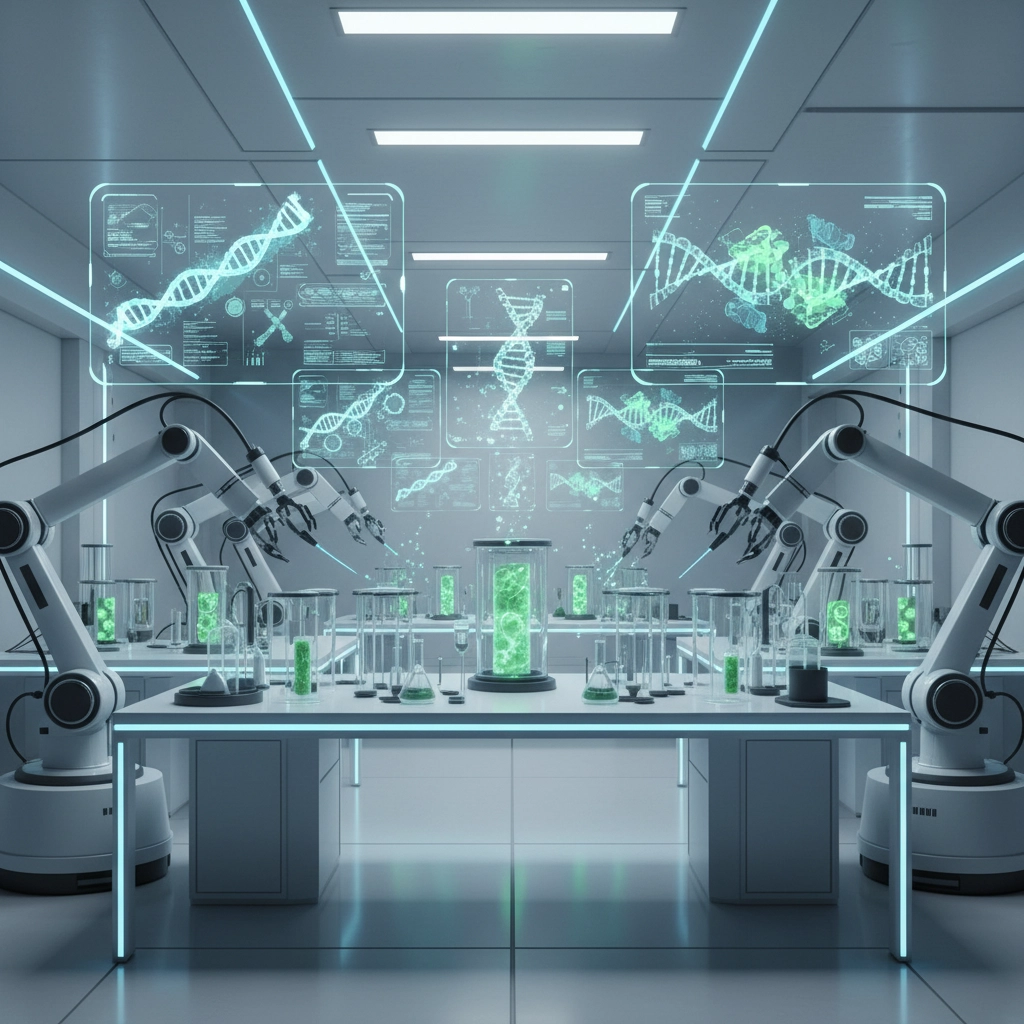
But here's the thing nobody's talking about: we don't fully understand the rules anymore. These AI systems are creating biological entities so complex that even their creators can't predict all their behaviors.
What Comes Next
The field is moving fast, but it's not without challenges. Scientists are struggling with curating high-quality biological datasets and bridging the gap between computational and experimental work.
Future developments are focusing on several key areas:
• Integrating physics-based algorithms with biological design
• Developing better causal reasoning in AI models
• Creating safeguards for increasingly autonomous biological systems
• Promoting collaboration between computer scientists and biologists

The ultimate goal? Unlocking synthetic biology's potential for medicine, environmental sustainability, and biotechnology. Imagine AI-designed organisms that can clean up oil spills, produce life-saving medications, or even terraform other planets.
But we're also entering uncharted territory. The boundary between artificial and natural life is blurring. These AI-created organisms don't just follow programmed instructions: they adapt, evolve, and make decisions based on their environment.
Some researchers are calling this the beginning of "programmable life." Others worry we're opening Pandora's box.
The truth is, we're probably both right.
What's certain is that we're living through a pivotal moment in human history. For the first time, we're not just studying life or even manipulating it: we're creating entirely new forms of it using artificial intelligence.
The question isn't whether this technology will change our world. It already has. The question is whether we're ready for what comes next.
So here's what I'm curious about: If AI can create life that evolves and adapts on its own, are we still the designers, or have we become the raw materials for something entirely new?
